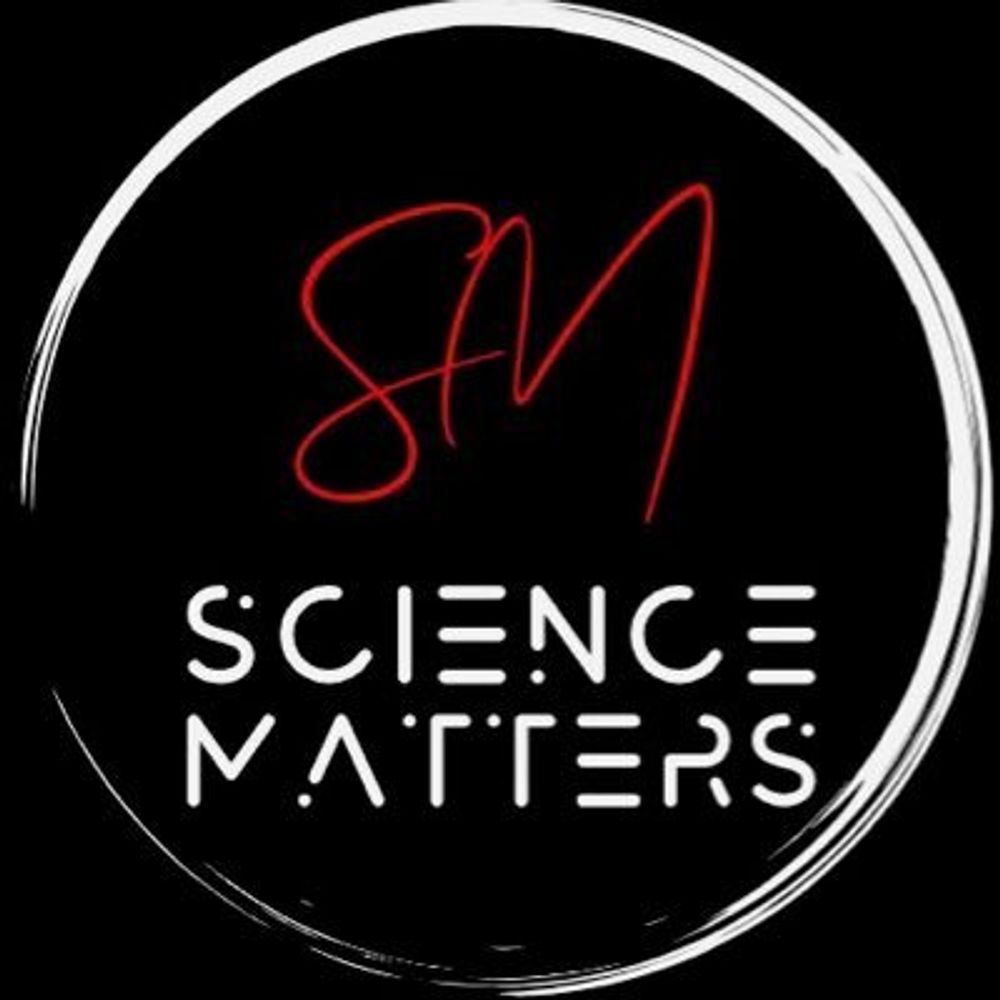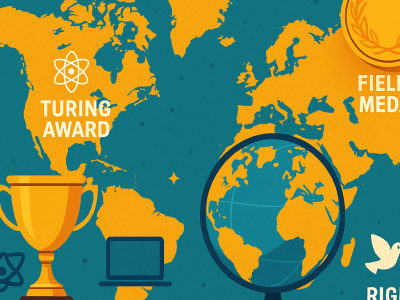Imagine dedicating years to groundbreaking research, only to face the daunting challenge of securing funding to advance your career. For many early-career scientists, this hurdle stifles innovation. The National Science Foundation (NSF) offers a lifeline through its prestigious postdoctoral fellowships, designed to empower researchers across disciplines, from astrophysics to social sciences, with financial support, mentorship, and career development. This guide unpacks 11 NSF fellowships for 2025, detailing stipends, deadlines, and strategies to craft a winning application.
Navigating the NSF fellowship landscape
The NSF funds over 10 postdoctoral programmes annually, each tailored to specific fields and career goals. Below, The Science Matters analyses these opportunities, highlighting key details to help researchers identify the best fit.
- Engineering postdoctoral fellowship
Managed by the American Society for Engineering Education (ASEE), this two-year programme supports research aligned with the NSF Engineering Directorate. Fellows receive a £59,000 annual stipend (approx. $75,000) and up to £2,400 ($3,000) for travel. A unique cohort model fosters peer collaboration through immersive workshops and mentoring. Eligibility requires U.S. citizenship or permanent residency, with applications co-created by the fellow and a non-PhD advisor.
- Innovative postdoctoral entrepreneurial research fellowship (i-perf)
Targeting STEM PhDs interested in entrepreneurship, I-PERF places fellows in U.S. startups for one year. The £61,500 ($78,000) annual stipend includes relocation support and optional health insurance. Applicants must have graduated within seven years and demonstrate socioeconomic disadvantage or underrepresentation. Notably, prior NSF fellowship holders or SBIR grant recipients are ineligible. The 2025 deadline is expected in late October.
- Mathematical and physical sciences ascending fellowship
This one- to three-year fellowship prioritises researchers from historically excluded groups (e.g., Black, Hispanic, Indigenous communities) in mathematics, physics, or astronomy. With a £55,000 ($70,000) stipend, it supports impactful research while fostering leadership. Proposals must align with NSF’s Mathematical and Physical Sciences Directorate. Applications open annually in January.
- Mathematical sciences postdoctoral research fellowships
Offering two tracks—18 months of full-time research or a blended research-teaching model—this award provides up to £149,000 ($190,000) over three years. Applicants must propose novel mathematics or statistics projects and hold U.S. citizenship. A strict eligibility rule excludes those who completed their PhD more than two years prior. Submissions are due the third Wednesday of October.
- Astronomy and astrophysics postdoctoral fellowships
Astrophysicists can secure up to three years of funding (£75,000 stipend + £35,000 allowance) for observational, theoretical, or educational projects. The programme emphasises “integrated research and education,” requiring a detailed plan for public engagement. Applications open annually on 15 August, closing on 15 October.
- Atmospheric and geospace sciences fellowship
This 24-month opportunity (£70,000 stipend + £30,000 allowance) supports atmospheric chemistry, climate dynamics, or space weather research. The NSF encourages applicants from minority-serving institutions and those addressing inclusivity (BAJEDI principles). Proposals are accepted year-round but prioritised before March.
- Earth science postdoctoral fellowship
Unique for permitting international host institutions, this two-year grant (£65,000 stipend + £25,000 allowance) funds geology, hydrology, or paleoclimate studies. Applicants cannot remain at their doctoral institution, emphasising career diversification. The 2025 deadline is anticipated in November.
- Ocean sciences postdoctoral fellowship
With a focus on mentorship and interdisciplinary collaboration, this two-year award (£67,800 first year, £70,000 second year + £15,000 annual allowance) supports biological, chemical, or physical oceanography. U.S. citizens from minority-serving institutions receive preferential review. Submissions close in January.
- Office of polar programmes fellowship
Targeting early-career scientists new to Arctic/Antarctic studies, this two-year fellowship (£67,800 first year, £70,000 second year + £15,000 allowance) encourages innovative techniques and partnerships. Applicants must submit by April 2025.
- Postdoctoral research fellowship in biology
This three-year grant (£60,000 stipend + £20,000 allowance) funds three tracks: broadening participation, integrative biology, or plant genome research. Proposals require a mentorship plan and alignment with NSF’s biological sciences priorities. The deadline is 5 November 2025.
- SBE postdoctoral research fellowships
The Social, Behavioural, and Economic Sciences Directorate offers two tracks: fundamental research (£65,000 stipend + £15,000 allowance) or broadening participation. The latter requires a diversity-focused impact statement. Applications close on the first Wednesday of November.
Maximising your application success
Dr. Elena Torres, a former NSF reviewer, advises: “Clearly articulate how your research addresses societal challenges. Use data-driven projections, not vague aspirations.” Avoid recycling PhD proposals—NSF seeks fresh, scalable ideas.
NSF panels evaluate proposals on intellectual merit, broader impacts, and feasibility. With over £1.5 million in funding available across these programmes, the NSF fellowships are a catalyst for innovation. Whether unraveling quantum mysteries or combating climate change, your research could redefine boundaries. Share this guide with peers, and visit NSF’s official portal to begin your application.
Reference
https://www.nsf.gov/funding/postdocs







